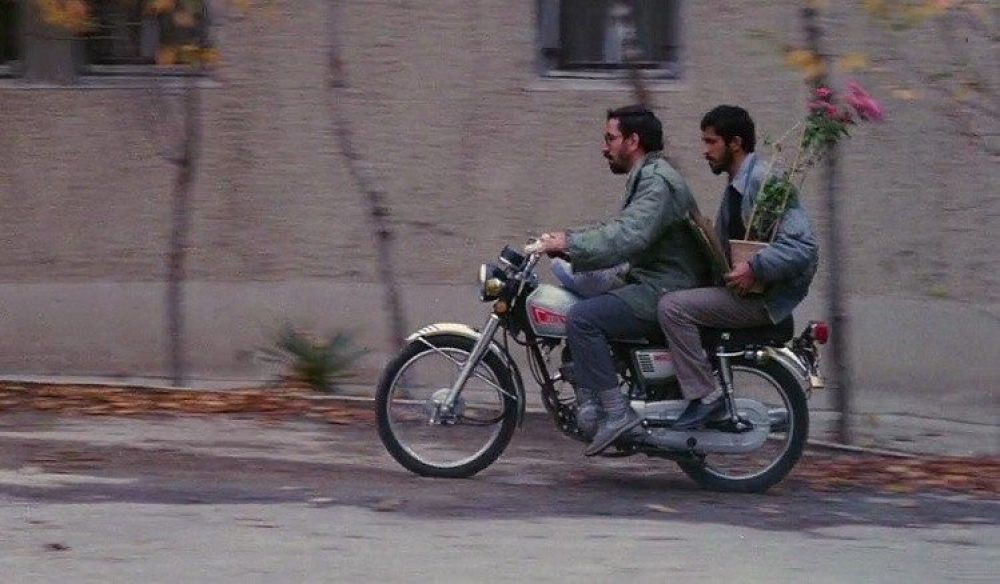Women’s roles in premodern Iran are very different from how the west might perceive them. While we in the west tend to view gender in all cultures through the same lense as our own, gender in the binary is often very uniquely western. Thus, women’s roles and struggles in societies around the world differ drastically from those of women in premodern western countries. For example, Najmabadi’s book highlights an issue that women of Iran faced that would not have occurred in many western societies. In her book, the struggles of women to pry the attentions of their husbands away from their young male lovers is a key issue. For the women of this society, femininity was the not the ultimate goal to achieve maximum attractiveness. Rather, these women would often draw mustaches on their faces so as to appear more like the young men they competed with. Thus, they were not viewed only as objects as sexual desire to lusted after by men, but as only one the options presented to a very specific population of men.
These problems are so unlike those of the women of the west, that to analyze the struggles of modern women through a western lense would be to completely disregard this complex history. The choice or lack thereof to veil is one that many western societies would label as a global feminist issue, demonizing the veil as an inherently misogynistic tool of the patriarchy, yet to many Iranian women, even those who may not necessarily wish to veil, this is not the case. Rather, the rigid binary systems that led to these conditions are an introduction from the west. They are a form of ongoing imperialism rather than one of patriarchal dominance. They oppress all Iranians, not just women. This strict definition of gender and the roles belonging to each sex is a concept that was introduced by Europeans, and in a way, forced onto the Iranian public, so that their histories of gender fluidity might be erased in favour of a more western view of the age old practice of the necessity of women to act only as objects of desire for the men in their lives.

